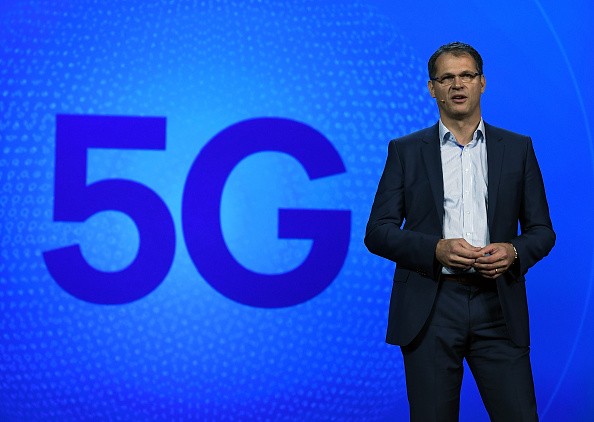4G LTE is mostly used in developed countries. So what's next? There are already talks of 5G technology - ranging from AT&T's recently announced 5G Evolution network to Verizon partnership with Samsung. Further, Sprint is also joining and will be demonstrating its Gigabit LTE TDD and MWC. While it is not technically 5G, that two companies will begin testing later this year, it's a crucial preliminary step towards 5G.
Sprint says that is industry's primary demonstration of Gigabit LTE TDD over 60MHz of spectrum is to achieve 1Gbps class speeds, Android authority reported. This means that the user can download a high-definition movie in a span of seconds. The U.S carrier is working with Ericsson to use a high-frequency transmitter, multi-antenna technology, and greater modulation among other technologies in order to produce gigabit speeds.
The carrier claims that its Gigabit LTE technology upgrades the efficiency of its 2.5GHz spectrum holdings that permits faster mobile data speeds for end users. That's specifically significance since - as its seen from social media apps - video consumption is said to become more prevalent in how users consume mobile data. The new gigabit network means smoother and more secured user experience when viewing high-quality videos, as Dr.John Saw, Sprint's CTO describes:
"This demonstration highlights the incredible capacity and potential of Sprint's 2.5GHz spectrum holdings and our ability to keep meeting customers growing demand for high-speed bandwidth-intensive applications. With Gigabit-class' performance, our customers will have a great experience using 4K and even 8K TV and applications such as HD Virtual Reality on the Sprint LTE Plus network."
By 2022, Ericsson expects video applications to enforce an eight-fold growth in mobile data traffic, Nasdaq reported. Gigabit LTE TDD will be a prime technology to enable users to enjoy data-intensive services and advanced features and applications on Sprint's LTE Plus network at higher speeds for an improved user experience. Gigabit acts to deliver extremely fast access to customers' favorite content that includes improved access to high-quality 4K video streaming.
Sprint has more than 160MHz of 2.5GHz (B41) spectrum in the top 100 U.S markets and recently deployed three-channel carrier aggregation (3CA) on 2.5GHz in more than 100 markets.



























